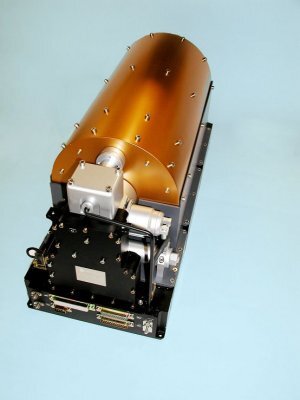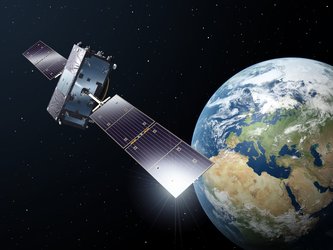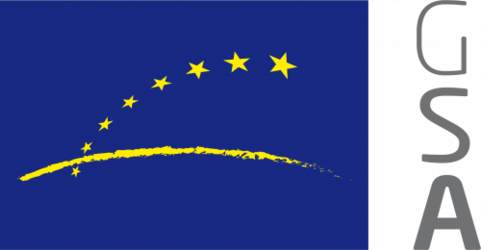Galileo technology developments
Galileo has facilitated European industry’s participation in technologies related to very accurate position and time determination and in their applications. It is also encouraging synergy with other technologies being developed for the information society such as mobile telecommunications and interactive services.
Critical technology
Two on board atomic clocks have been developed for Galileo:
- a Rubidium Atomic Frequency Standard
- a Passive Hydrogen Maser
In parallel, a system for generating navigation signals has been developed, with a navigation signal generator, a navigation antenna and associated equipment.
Galileo satellite clocks
The clocks that will mark time for the next generation of navigation satellites are based on oscillations at the atomic level. They will keep time to within a few hundred-millionths of a second per day.
Why would anyone want to keep time so closely? The answer has to do with the speed of light. Nowadays, you can determine your position on the Earth's surface by measuring the time taken for a signal broadcast by a navigation satellite to reach you. As signals travel at the speed of light, this means measuring tiny fractions of a second very accurately. And to do that, you need to know precisely when the signal left the satellite and precisely when it arrived at your receiver. In navigation, clocks are the driving factor for accurately determining positions. With an accuracy of better than one billionth second in one hour, the clocks on the Galileo satellites will allow you to resolve your position anywhere on the Earth's surface to within 45 cm.
Each of the 30 satellites in the Galileo system will have two of each type of clock on board. The clocks use different technologies, but make use of the same principle - if you force atoms to jump from one particular energy state to another, it will radiate the associated microwave signal at an extremely stable frequency.

This frequency is at around 6 GHz for the rubidium clock and at around 1.4 GHz for the hydrogen clock. The Galileo system uses the clock frequency as a very stable reference by which other units can generate the accurate signals that the Galileo satellites will broadcast. The broadcast signals will also provide a reference by which the less stable user receiver clocks can continuously reset their time.
ESA has chosen the rubidium and hydrogen maser clocks as they are very stable over a few hours and because their technology can fly onboard the Galileo satellites. If they were left to run indefinitely, though, their timekeeping would drift, so they need to be synchronised regularly with a network of even more stable ground-based reference clocks. These will include clocks based on the caesium frequency standard, which show a far better long-term stability than rubidium or hydrogen maser clocks. The clocks on the ground will also generate a worldwide time reference called Galileo System Time.
The clocks on-board the satellites are the first of their type to be developed and built in Europe. Similar clocks are available in the US and in Russia (for example. those flown on the GPS and Glonass satellites), but technological independence is part of mastering Europe's own navigation system.
The passive hydrogen maser clock was actually the first one of its type ever to fly. It has been built by the Observatoire de Neuchatel in co-operation with Officine Galileo of Italy, the former being responsible for the overall development and in particular for the so-called physics package, the latter being in charge of the electronics. A similar arrangement applies for the rubidium clock for which Temex Neuchâtel Time assumes overall responsibility and Astrium Germany contributes the electronics.
The first two flight models of the rubidium clock are in orbit on board GIOVE-A, the first Galileo satellite. Two flight models of the passive hydrogen maser are flying on GIOVE-B since April 2008. Both clocks have shown their reliability and two of each model will be embarked on board the four In Orbit Validation satellites.






